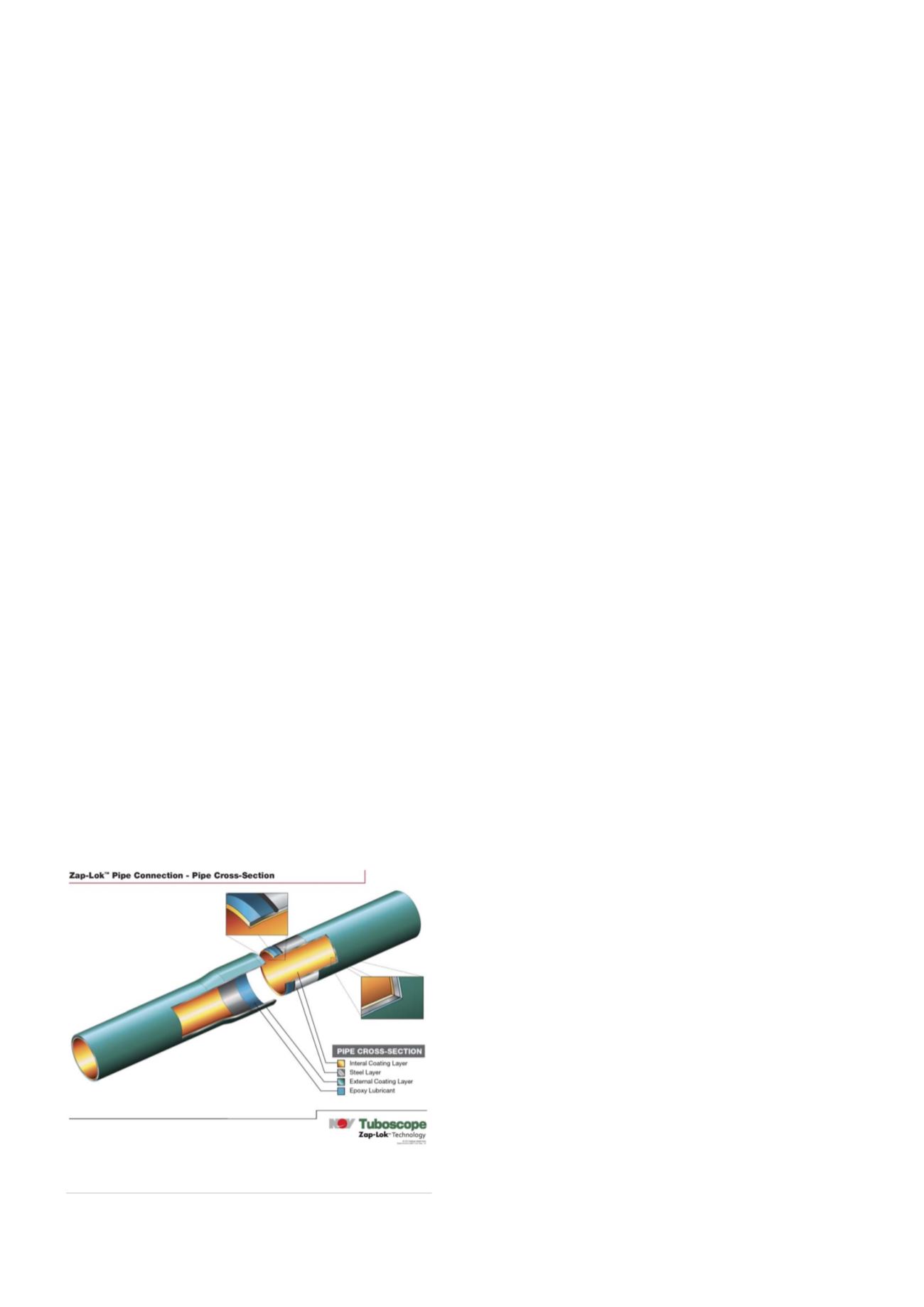
field operations. Cortez Subsea, alongside MCS and DeepTech
combined, offers a fully integrated service including advanced
remotely operated vehicle (ROV) equipment, data capture, and
smart delivery for subsea pipeline inspection which can be quick,
clean, and safe.
The company’s aim is to improve conventional pipeline
inspection. Its pipeline inspection services are performed with
both work-class and mini ROV systems, and include a range of
activities such as general visual inspection, cathodic protection
measurement, flooded member detection, and dimensional
survey.
This technology is designed to bring pipeline inspection into
the digital age. ROV systems are linked to a 3D photo-realistic
cloud to produce detailed, 3D imagery just like the human eye,
but without the human risk. Cortez Subsea’s Pipeline Commander
software automatically logs the streams of digital data from
the ROV, which can then be easily accessed and shared. This
technique is diverless, and digital reporting makes the process
quicker and more efficient. It also requires minimal equipment,
which can significantly reduce costs.
Research and development
These innovations are discovered through continual investment
in research and development (R&D). Cortez is committed to
investing heavily in R&D, and the group spent a combined
US$2.5 million on innovation in 2018, with 30% of staff being
dedicated to the cause. This is clearly a significant investment, but
the importance of R&D cannot be over-emphasised as each and
every aspect of exploration and production is impacted by it.
Overcoming obstacles
One of the most exciting benefits of collaboration is the
opportunity to overcome obstacles together, when it might not
be possible independently. Welding is the predominant method
for fabricating pipe systems across the subsea industry. However,
there are several applications where traditional welded pipe
connections become inefficient, uneconomic or impossible.
Cortez works with NOV-Tuboscope to deliver Zap-Lok
TM
mechanical connectors to the offshore market for subsea pipelay
– these are designed to be fast, strong and cost-effective. In
shallow water up to 300 m, rather than using traditional welding
methods, mechanical connectors are formed on carbon steel
pipes and are pushed together to make joints stronger than the
steel itself. The Zap-Lok technology is proven, with more than
7000 km of subsea hydrocarbon pipelines installed worldwide
and zero recorded failures in operation of over 70 000 joints.
These mechanical connectors are coupled with the Cortez
designed and patented Modular Pipelay System (MPS®) to offer
a weld-free, semi-autonomous process capable of laying up to
5 km/d in comparison to conventional pipelay, which achieves an
average 1.5 km/d. Easily installed on smaller, non-specialist vessels,
the Cortez system requires 50% less crew. Less manpower and
boat time means the carbon footprint is reduced, whilst no hot
work or radiography means it is designed to be safer.
Zap-Lok and MPS were designed specifically to satisfy the
fast-paced, cost-conscious requirements of today’s pipeline
construction projects. Fears of being the first to adopt the
technology are alleviated, as it has a more than 30-year successful
history in other oil and gas regions for thousands of miles of
flowlines, gathering lines, water lines and aided-injection systems.
Change is the only constant
Development of technology products and their application
continues on a daily basis. Whilst sometimes these can be
specific enabling technologies, it is mainly about optimising
current technology from within and outside of the sector.
Environment, production reservoir, asset integrity, and
development design are all driving the desire for new technology.
A prime example is the advances in ROVs. No deepwater
development can take place without one. The heavy reliance
on ROVs has resulted in intense pressure on manufacturers and
operators to regularly progress the technology of these machines,
and their associated equipment, forwards to ensure reliance,
operability, and flexibility in all subsea operations.
Reduce, reduce, reduce
The oil and gas industry increasingly wants to create an
environment in which people are both safe and proud to work.
The advancement of new technology is one way to ensure
that increasingly stringent environmental targets are met and
exceeded.
The International Maritime Organisation (IMO) has adopted
regulations and mandatory energy-efficiency measures to address
the emission of air pollutants from ships. The transition to a
lower-carbon future is underway, and the oil and gas industry will
have an important role in supporting this.
Among other efficiencies, Zap-Lok and MPS are designed
to reduce vessel size and time to shrink the operational carbon
footprint.
Queuing for second place
The reaction to advancements in technology has been interesting
to observe over the years. It can vary from reluctance to be an
early adopter through to all-absorbing, depending on the product
and application. The preferred position for companies is ‘first,
fastest follower’, indicating an aversion to be the first. Often a
technology development which is operator-sponsored through a
Figure 2.
Mechanical connectors aim to offer quick, safe and
clean pipelay.
30
World Pipelines
/
MARCH 2020








